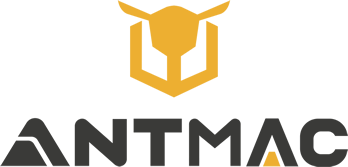Battery Duel for Electric Scissor Lifts: How Lead-Acid and Lithium-Ion Rule Shift Operations
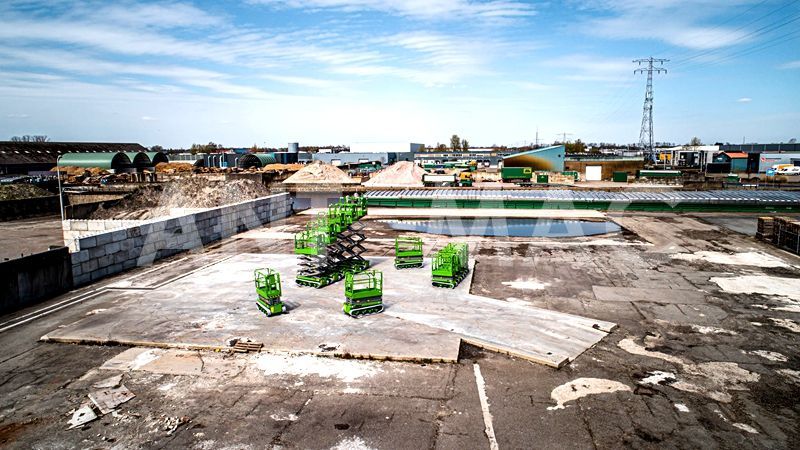
At dawn, the whir of electric scissor lifts shatters the silence of construction sites. Some units power through an 8-hour single shift with lead-acid batteries, while others tackle 12-hour back-to-back cycles using lithium-ion packs. Far from being rivals, these two battery types have mastered distinct “superpowers,” perfectly suiting different work rhythms—key to decoding the lead acid vs lithium ion scissor lift debate that dominates job site huddles.

Lead-Acid: The Trusted Workhorse for Single Shifts, Built for Cost-Effectiveness
On a bustling retail renovation site, the classic 24V lead-acid system (four 12V 85Ah cells)—a cornerstone of electric scissor lift battery setups—proves its mettle: Hauling 230kg of tools and two workers, it glides through 6-meter ceiling paint jobs, shuffles 500+ meters across polished floors, and completes 50+ lift-lower cycles. By 5 PM, its scissor lift battery runtime still holds a 20% buffer, enough to wrap up the last coat of paint. Overnight, a slow charge (8–10 hours) refuels it steadily, turning “plug in at dusk” into “ready at dawn”—a rhythm that fits like a glove for crews on 9-to-5 schedules.
Its core strengths shine in daily reliability:
Budget-Friendly: Up to 50% less expensive upfront than lithium-ion, making it the go-to for small contractors or seasonal tasks the place upfront expenses count number most.
Easy to Fix: If a cellphone fails, industrial scissor carry battery substitute is straightforward—swap out the inaccurate unit, and the lift’s returned in motion by way of noon, no want for specialised techs.
Steady in Mild Conditions: Even on 30℃ summer days, it avoids overheating, keeping pace with warehouse shelving installs or school gym repairs.
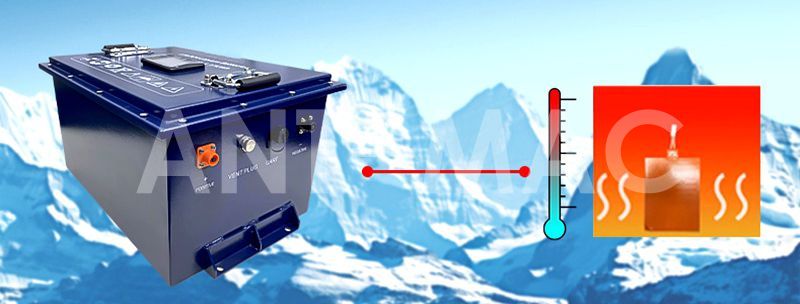
Lithium-Ion: The Efficiency Powerhouse for Multi-Shift Ops, Turning Extremes into Routine
In a -18℃ cold-storage warehouse, where deadlines hit like blizzards, the 48V high-capacity lithium-ion pack (420Ah)—a star in lithium ion scissor lift battery cost conversations—redefines what’s possible. It aces cold weather scissor lift battery performance tests: After 100 lift cycles (hoisting workers to 7-meter racks to load frozen goods), it still has 30% charge left.At lunch, a 30-minute rapid cost provides 2+ hours of runtime, letting the crew electricity thru the afternoon shift barring pause. No electrolyte leaks, no month-to-month balancing—just plug-and-play reliability that slashes renovation time by way of 80%.
These perks rewrite the policies of productivity:
Unstoppable Runtime: 12+ hours of nonstop work, ample for live performance venue setups (9 AM to 9 PM) or 24/7 building blitzes, blowing previous widespread scissor raise battery runtime limits.
Fast-Charge Magic: A full cost in 3.5 hours (vs. 8+ for lead-acid) capability condominium fleets can ship one raise to two jobs in a day—doubling income besides doubling equipment.
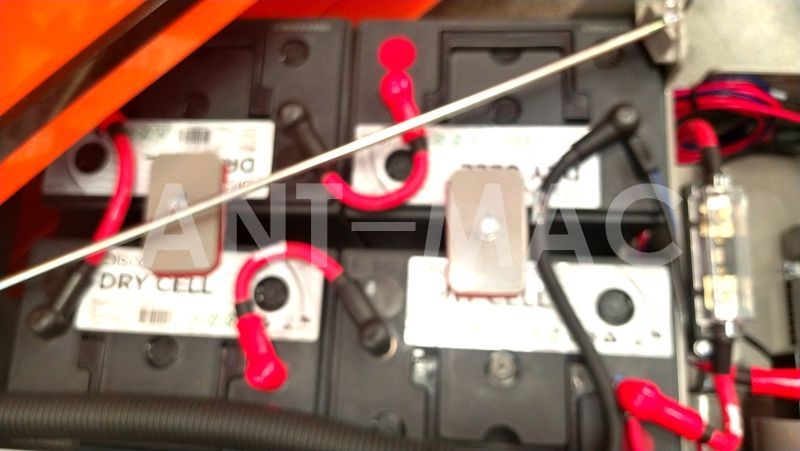
The Economics of Shifts: No Right or Wrong, Only Fit
Lao Zhou, who runs a scissor lift rental fleet, breaks down the numbers:
Lead-Acid Lifts: $220/day rent, with industrial scissor lift battery replacement every 2 years (around $6,000/set). They’re limited to single shifts, but their low cost lets him undercut competitors on small jobs—perfect for local grocery store remodels or park pavilion builds.
Lithium-Ion Lifts: $300/day rent, justified by lithium ion scissor lift battery cost math: 7-year lifespan (vs. 2 for lead-acid) and zero maintenance fees save $12,000 over a decade. Plus, they land high-paying gigs like airport terminal overhauls (12-hour shifts) or winter ski resort builds—where cold weather scissor lift battery performance is nonnegotiable.
In Germany’s secondhand market, lithium-powered lifts retain 40% more value than lead-acid models—even after 5 years of use.
In the end, lead-acid thrives as the “steady 9-to-5er,” while lithium-ion crushes multi-shift marathons. Both excel—if you pick the one that fits your crew’s pace. And with both battery types readily supported by global supply chains, your lifts will always have the power to match your workflow.
 In-depth Analysis of Return on
In-depth Analysis of Return on
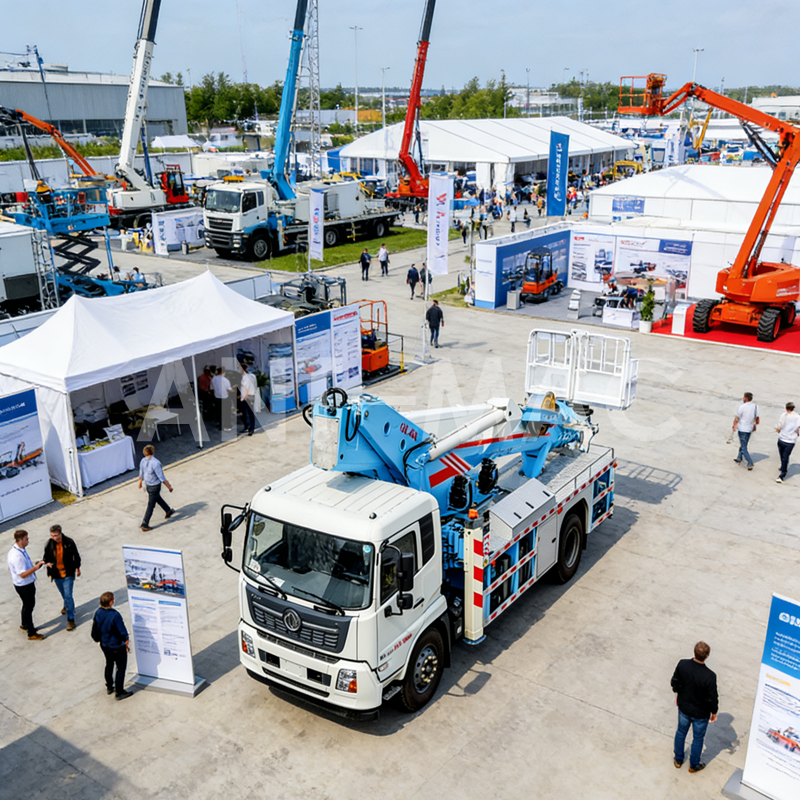 A Cost-Effectiveness Revolutio
A Cost-Effectiveness Revolutio
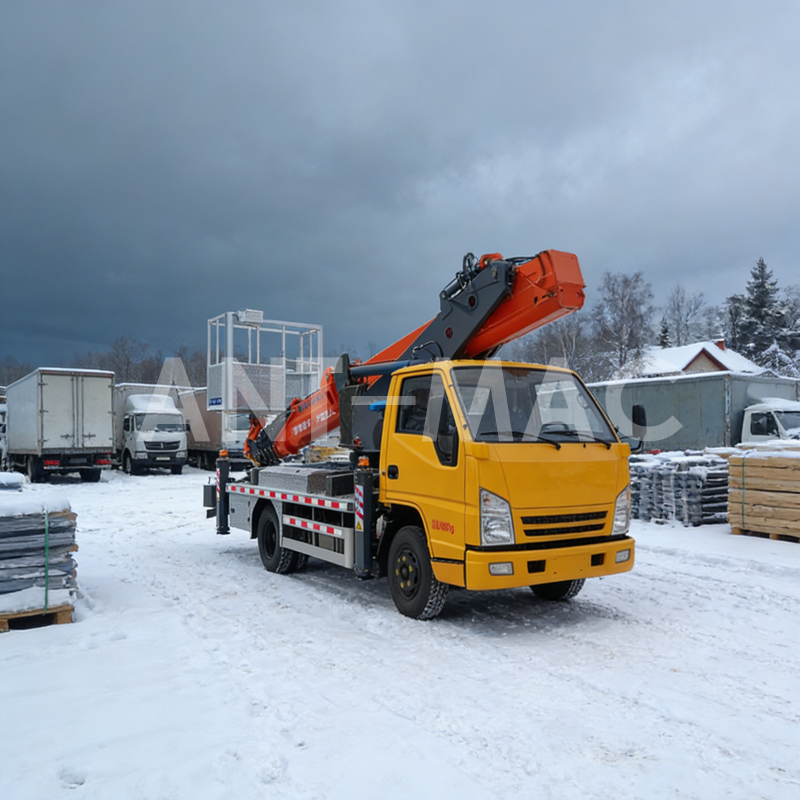 2026 Trend Insights: Four Core
2026 Trend Insights: Four Core
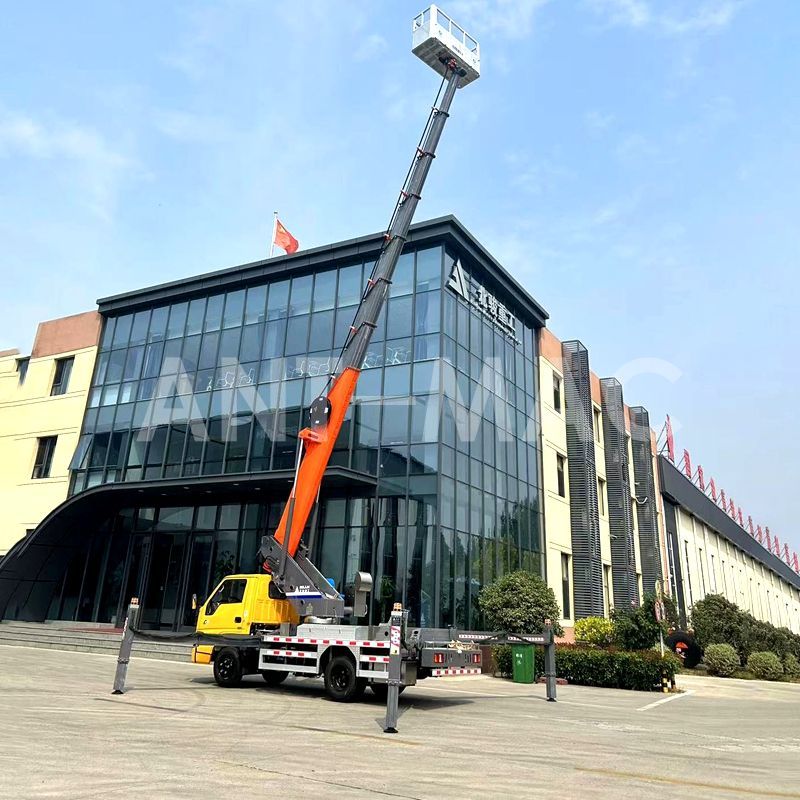 Five Criteria for Selecting Re
Five Criteria for Selecting Re
 Russian
Russian